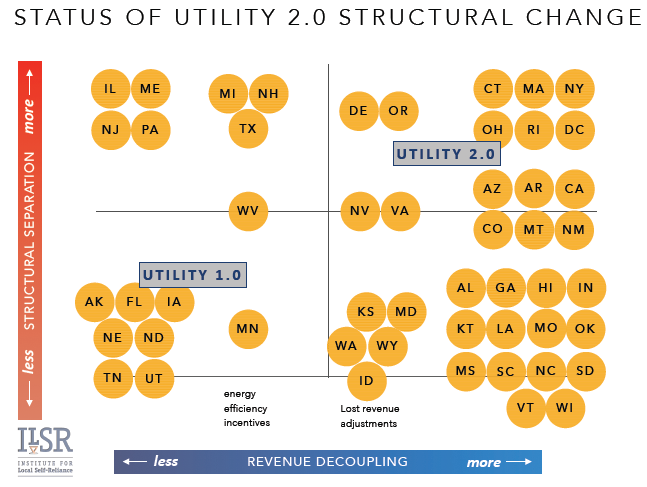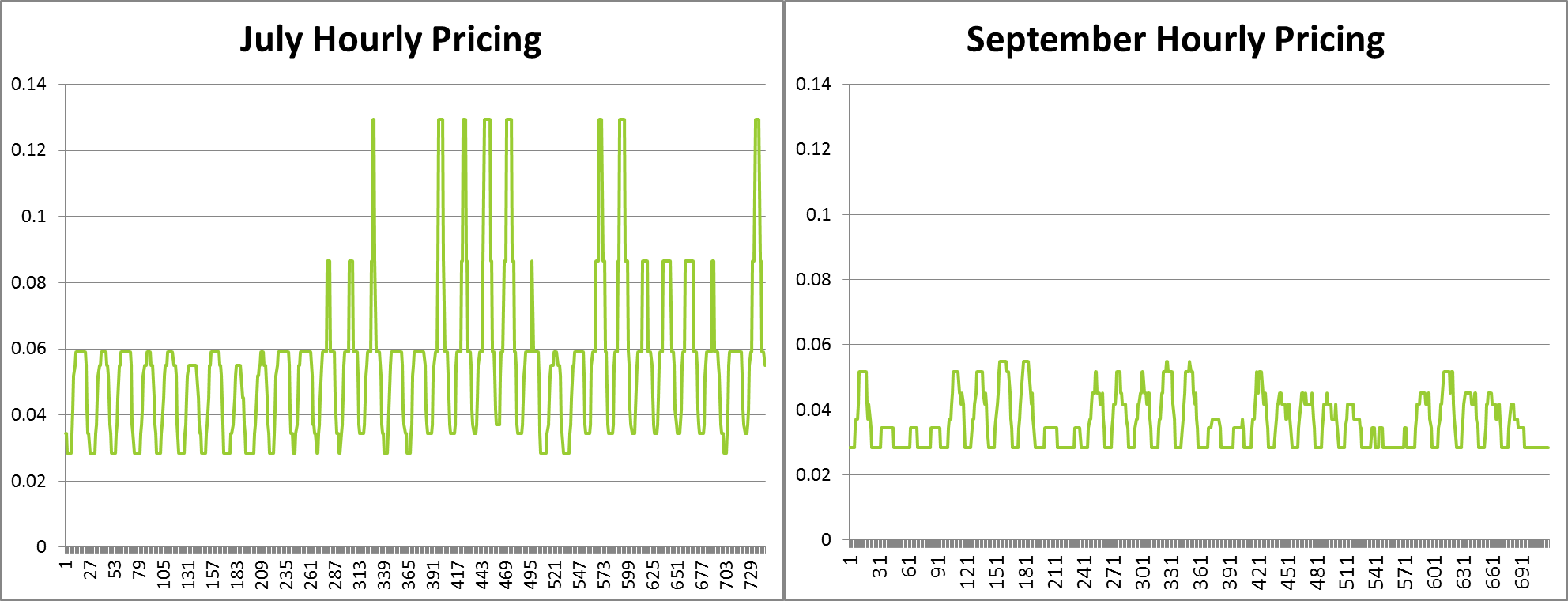
A lot of people have subscribed to the Energy Rant in recent weeks, so I think a little re-introduction is in order. Last week, the post was entitled Gamification; from a Non-Gamer. That was unusually peaceful and friendly because I really have no beef with that since, well, innocent until found guilty (of problems). This week, discussing Utility 2.0, I get back in the spirit of the true meaning of the Energy Rant. What dozens of readers have expressed is the Rant goes outside the comfort zone to discuss things no one else will say – like the emperor has no clothes – can we just agree on this simple fact? Utilities should especially love this blog because the emperor is usually short-sighted, one-sided policy that vilifies and demonizes these empires.

At AESP National, I attended a session on Utility 2.0. As I sat there, for most of the panel discussion I was thinking, “Could one of you guys up there on stage at least conceptually define what Utility 2.0 is?” My fuzzy memory tells me there is a Program Evaluation 2.0, and nobody knows what that is either.
This report from the Institute of Local Self-Reliance (ILSR) defines it clearly, at least from their perspective. It is a well-written, informative, and interesting report.
Ok. Utility 2.0 includes states that have decoupled return on rate base from energy sales (allowing utilities to recover their fixed costs of their assets regardless of sales), and flattened their utility markets by separating transmission and distribution (utilities) from power suppliers to achieve some level of market-based pricing.
Utility 2.0 also integrates distributed generation primarily in the form of photovoltaic (PV). The ILSR paper describes the interconnection of customer-sited PV and the grid as a “battleground” in 20 states. Now that is a little over the top. It is often called a “war” on renewable energy waged by utilities. Ah,,,, no.
Renewable proponents describe grid parity with utilities, which means PV owners can generate their own electricity almost as cheaply as the utility… when the sun is out, and after a bevy of tax breaks for billionaires like Elon Musk who leases them to the homeowner. The war ensues when the under-informed customer expects to receive retail prices when they sell to the grid. I covered this in detail in Pricing Renewable Energy – A Tomato Tale, and I don’t want to rehash all that – but I do feel obligated to straighten misguided information when I see it.
What the utilities really ought to be saying is, you, Mr. PV guy, are in a battle with other merchant power providers. Your electricity is worth no more to us or our customers than what we are paying the independent power producers at any point in time.
And speaking of any point in time, ILSR is calling Utility 3.0 an “energy system that empowers electricity customers to manage their electricity use, produce power individually or collectively (a commune), and transact with their neighbors, local businesses and their city.” This is quaint, but Beelzebub rules the details. Who wants to sit in front of their screen to play energy trader for something that costs or is worth maybe $1,000 per year? The $1,000 represents typical-home-generated PV electrical energy for purchase or sale to the grid, not the grid itself, which utilities will continue to own, and be compensated for.
This is technically made possible by smart meters with net metering capability. It would be similar to buying and selling grain on the open market with everybody growing their tiny crop in the back yard. Customers can grow and preen a quarter acre of corn on their lot, surrounding their house (neighbors beware). Come October, they might have 40 bushels worth something like $200. Don’t expect corn flakes, ethanol, or high fructose corn syrup prices for this bounty. It’s only worth what the local grain elevator or farmer will pay for it, at the market rates which fluctuate with the time of year and 4,000 uncontrollable variables. Undoubtedly, you have seen Fair Trade, this or that. When I see that, I think, “You mean, not stolen?” Market prices are fair trade.

Below are retail hourly pricing plots for a fully-regulated Midwest utility, showing modest price volatility. By contrast, the PJM regional transmission organization / independent system operator experienced a peak price of $1.80 per kWh during last year’s so-called polar vortex.
I was going to save it for later, but now may be a good time to mention this: I see a collision between convenience and the necessity of one outage day per ten years of grid design.
I’m a certified OCD efficiency nutjob, but I am not at all interested in being a micro energy broker weighing the benefits and costs of buying or selling my electrons every minute of the day. It could all be automated by load controls within the house, but having the lights go out while I’m in the shower, or the TV going black while I’m watching my DVR’d programs, or sweltering in bed (or not) are not things I want to happen or weigh on a constant basis. I get 150 emails a day, and I don’t keep up with them. I am bombarded with information and make decisions all day. The last thing I want is my refuge turning into either a constant, headache-inducing decision matrix or automated darkness and melted ice cream.






Join the discussion 2 Comments